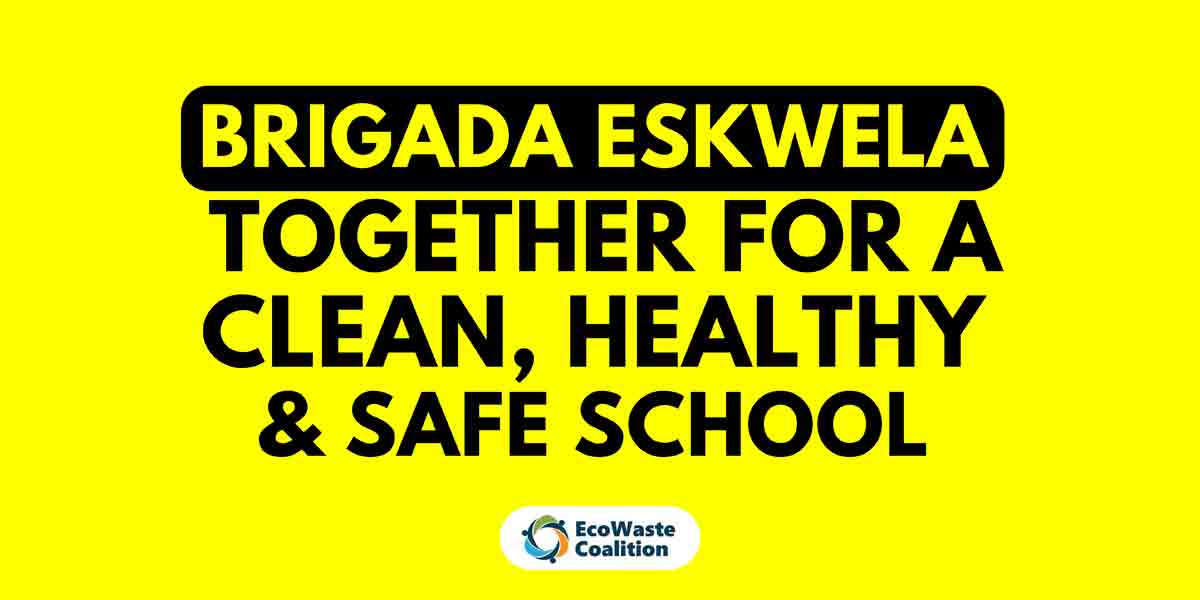
By Francis Allan L. Angelo
Many Ilonggos believe that they will dodge the coronavirus disease 2019 (COVID-19) if they avoid close contact with animals.
This was one of the findings of a survey commissioned by the Iloilo City government through survey firm Random Access Consultants Inc. (RACI) led by UP Visayas Professors Vicente Balinas and Liza Baliao.
The survey asked 200 respondents in Iloilo City about their knowledge of COVID-19 which halted the world to a grind for nine months now.
The results of the survey were presented to the Iloilo City COVID-19 team last week so they will know the information gaps which will be addressed through an information and education campaign.
According to the survey, 33.5 percent of the respondents believe that “avoidance of close contact with animals when one is not protected with mask and face shield” will prevent the spread of COVID.
According to the World Health Organization (WHO), a small number of pets worldwide, including cats and dogs, “have been reported to be infected with the virus that causes COVID-19, mostly after close contact with people with COVID-19.”
“Based on the limited information available to date, the risk of animals spreading COVID-19 to people is considered to be low. It appears that the virus that causes COVID-19 can spread from people to animals in some situations,” WHO said.
However, since animals can spread other diseases to people, it’s always a good idea to practice healthy habits around pets and other animals, such as washing your hands and maintaining good hygiene.
The health organization made the following suggestions:
-Treat pets as you would other human family members – do not let pets interact with people outside the household.
-If a person inside the household becomes sick, isolate that person from everyone else, including pets.
Meanwhile, majority of the respondents (66.5 percent) believe that washing of hands using alcohol or soap and water will prevent the transmission of the virus.
Others believe that avoidance of close contact with a person who has cough and fever (29.5%); covering of mouth and nose when coughing or sneezing (28%); and subjecting one’s self to home quarantine or simply staying at home (21%) or following protocols (21%), among others, can help prevent the spread of the disease.
The survey also found out that 80 percent of the respondents said they have no family members who had flu during the pandemic while only 20% reported having a family member who had flu during the pandemic.
To note, the most common COVID-19 symptoms are fever, dry cough, and tiredness which are also present in someone suffering from flu.
When asked about their initial action when a relative had flu, 97.5 percent of the respondents reported that the family was given medication while others asked for advice or went to the health center or doctor for checkup.
TRANSMISSION
As reported earlier, 53.5% of the respondents to the RACI survey think that COVID can spread through the saliva or sweat of an infected person.
According to WHO and other health authorities, the primary transmission route of COVID is through person-to-person contact and through direct contact with respiratory droplets generated when an infected person coughs or sneezes.
The virus can spread from an infected person’s mouth or nose in small liquid particles when they cough, sneeze, speak, sing or breathe heavily. These liquid particles are different sizes, ranging from larger ‘respiratory droplets’ to smaller ‘aerosols’.
Other people can catch COVID-19 when the virus gets into their mouth, nose or eyes, which is more likely to happen when people are in direct or close contact (less than 1 metre apart) with an infected person.
Current evidence suggests that the main way the virus spreads is by respiratory droplets among people who are in close contact with each other.
Aerosol transmission can occur in specific settings, particularly in indoor, crowded and inadequately ventilated spaces, where infected person(s) spend long periods of time with others, such as restaurants, choir practices, fitness classes, nightclubs, offices and/or places of worship. More studies are underway to better understand the conditions in which aerosol transmission is occurring outside of medical facilities where specific medical procedures, called aerosol generating procedures, are conducted.
The virus can also spread after infected people sneeze, cough on, or touch surfaces, or objects, such as tables, doorknobs and handrails. Other people may become infected by touching these contaminated surfaces, then touching their eyes, noses or mouths without having cleaned their hands first.
There is no evidence to date of viruses that cause respiratory illnesses being transmitted via food or food packaging. Coronaviruses cannot multiply in food; they need an animal or human host to multiply.
The most recent advice from the WHO is that current evidence indicates that COVID-19 virus is transmitted during close contact through respiratory droplets (formed on coughing or sneezing) and by fomites. The virus can spread directly from person-to-person when a COVID-19 case coughs or sneezes, producing droplets are too heavy to be airborne, they land on objects and surfaces surrounding the infected person.
The survey also indicated that 37.5 percent of the respondents feel that COVID can spread when one comes near an infected person or when one does not comply with protocol (36%). Others (28%) believe that it spreads through contaminated objects that people touch or when one sleeps with somebody who has COVID (24%).
As to their knowledge of COVID-19 symptoms, 85 percent of the respondents answered fever while 80 said cough is a common sign of the disease. Other symptoms mentioned were: shortness of breath (30%); body pain (25%); colds (20.5%); headache (15%); diarrhea (14.5%) among others.
The respondents were also asked what they think are the necessary things that they should do when a member of their family shows symptoms of COVID.
Their responses were categorized as follows: (a) ask for advise; (b) look for remedy; and (c)bring family member for check-up.
The survey data indicated that most of the respondents look for remedy compared to asking for advice or bringing the family member for check-up.
For respondents who said it is necessary to ask for advice, majority (56.5%) feels that the advice of the Barangay Health Worker (BHW) should be sought when a family member shows symptoms of COVID. The other responses which did not carry a significant percentage are shown on Table 24.
Among the respondents who said it is necessary to find a remedy for the illness, majority (66%) thinks that the family member should be given medication.
Among the respondents who said it is necessary to bring the family member for medical check-up, majority (55%) is likely to bring the family member to the Health Center.
ADHERENCE TO PROTOCOLS
National and local governments had imposed protocols in a bid to stop the spread of the virus – wearing of face masks and face shields, physical distancing, and frequent handwashing.
The RACI survey found out that majority of the respondents adhere to safety protocols, “however, their degree of adherence varies from one protocol to the next.”
The use of face mask at home, for instance, is not a popular practice. The greatest percentage (although not the majority), 30.5% of the respondents, finds the wearing of mask at home as unnecessary.
Wearing of face mask when outside the house is observed by majority (62.5%) of the respondents all the time, while 34% practiced it always. A few (3.5%) do not often use face mask when outside of their house.
The use of face mask when going to other places is observed by majority (66%) of the respondents all the time, while 33% practiced it always.
The use of face mask in the presence of senior citizens is observed by 53.5% of the respondents all the time, while 33% adhered to it always.
Wearing of face mask in the presence of babies is observed by 49.5% of the respondents all the time, while 33% adhered to it always.
Washing of hands with soap and water is observed by majority (62.5%) of the respondents all the time.
Majority also practiced all the time the washing of hands with alcohol (61%); the washing of hands after holding money (55.5%); the washing of hands before eating (65.5%); and the washing of hands after using the toilet (63%).
Majority (60%) observed social distancing all the time; 59% covered their mouth all the time when coughing or sneezing; and 61.5% used face shield all the time when outside the house.
Other protocols are not strictly followed such as: (a) avoidance of going out of the house when not feeling well; (b) isolating oneself from family members when one has fever or flu; (c)the use of separate utensils when one has flu; (d) the use of separate room when one has flu; and (e) the taking of vitamin C with zinc.
KNOWLEDGE OF COVID
The survey also found out that 45.5 percent of the 200 respondents claimed that they have enough knowledge of COVID to protect themselves while only 26 percent said they have more than enough knowledge of COVID. On the other hand, 25.5 percent of the respondents said they do not have enough knowledge of COVID to protect themselves.
As to sources of information, most of the respondents get their information regarding protocols to help prevent the spread of COVID from Bombo Radyo (41%) and Aksyon Radyo (38.5%).
The other sources are Barangay Health Worker (30%), Facebook in general and punong barangay (25.5%), television (23%), other radio stations and relatives, friends, and neighbors (8-9%), Facebook page of Iloilo City government (7.5%), mayor (5.5%), Department of Health (3%), and doctor, barangay officials, and GMA TV (1.5% each).
Many of the respondents (30.5%) said would like to get additional information from the Barangay Health Worker; 21% would like to hear it over Bombo Radyo; 15% would like to get it from their Barangay Captain as well as from the Department of Health (15%).
Majority (55.5%) of the respondents strongly believes that the Mayor is in the right direction against his fight to stop the spread of COVID in Iloilo City. Jaro district has the highest percentage (70.6%) of those who strongly believe that the Mayor is doing it right while Mandurriao district has the lowest percentage (34.8%) of those who strongly believe that the initiatives of the Mayor is in the right direction.
Majority (67%) believes that the Treñas administration can stop the spread of COVID in Iloilo City by January 2021. On the other hand, 23.5% does not believe that the spread of COVID in Iloilo City can be halted by January 2021.





















